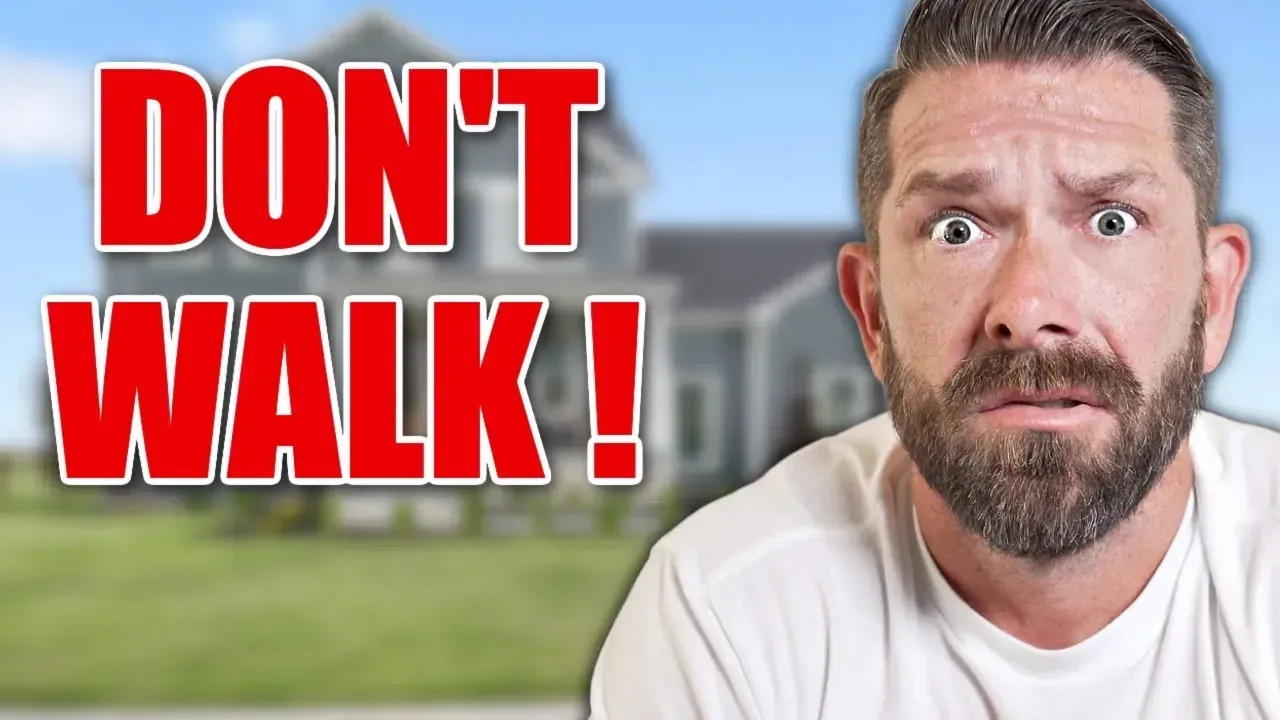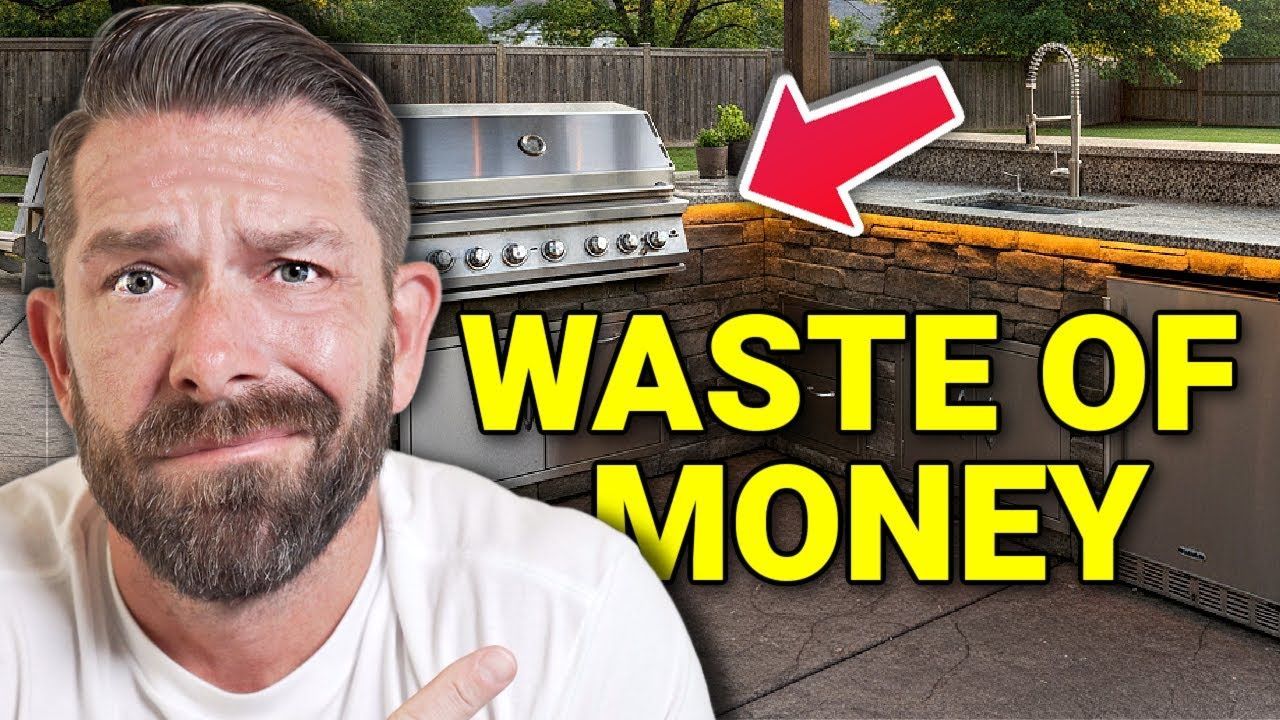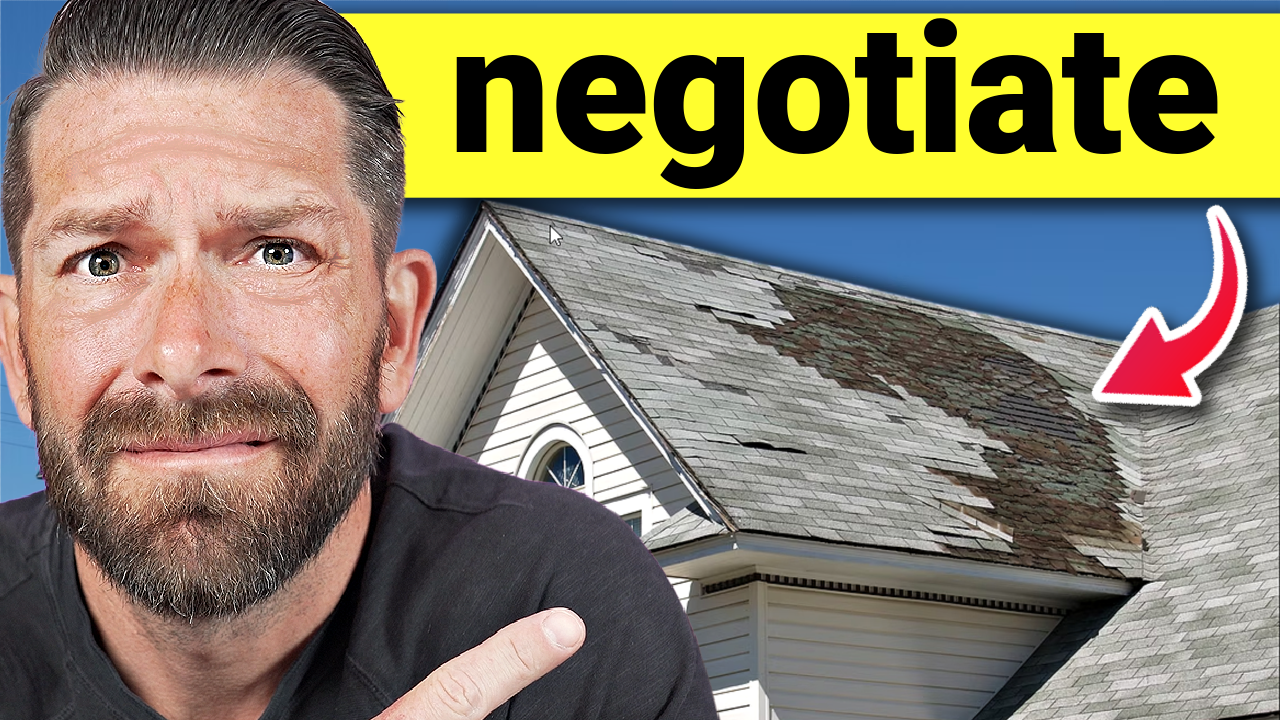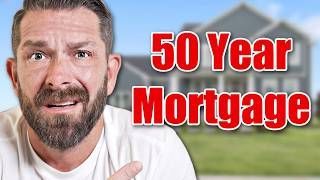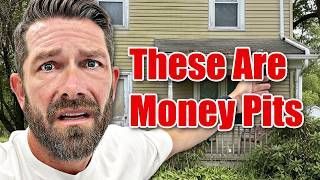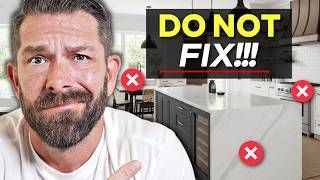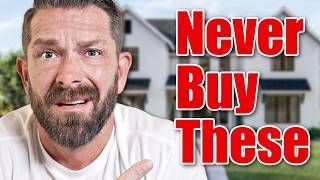Selling an Older Home? Avoid These Costly Remodeling Mistakes
Get The Latest OC Housing Report
Selling an Older Home? Avoid These Costly Remodeling Mistakes
Thinking of Selling? Let’s Talk First. Connect with Jeb or a Vetted Real Estate Pro
Why Most Sellers Overspend When Preparing to Sell
The average American home is over 40 years old. If you're planning to sell, you've likely wondered: Should I remodel the kitchen? Replace the floors? Drop $10,000 into upgrades just to compete?
Here’s the honest truth: Most sellers waste money on updates buyers don’t want.
Buyers don’t necessarily care about your freshly remodeled kitchen. In fact, many will rip it out to match their own tastes. Instead of upgrading for an unknown buyer, let’s talk about what really helps you sell faster, for more money, and with less stress.
The #1 Mistake Sellers Make
You assume what annoys you will annoy buyers.
As a long-time homeowner, there are probably quirks and unfinished projects you’ve lived with for years. Maybe it’s that outdated tile in the bathroom, the dark cabinets in the kitchen, or the creaky floors upstairs. Naturally, when it’s time to sell, your instinct is to fix everything.
But here’s the kicker:
If the update doesn’t bring consistency to the home as a whole, it often does more harm than good.
- A shiny new kitchen in an otherwise dated home feels disjointed.
- Expensive new flooring next to worn-out bathrooms only highlights what's old.
Unless you’re updating the entire property to a modern, turnkey condition, you’re better off not updating at all.
What Buyers Really Want
- Clean homes
- Well-maintained systems
- Functional spaces
- Cosmetic updates they can choose
In other words, don’t compete with HGTV homes. Compete with realistic expectations.
Most buyers know they’ll want to make the home their own. If your updates clash with their vision, they may see it as more work—or worse, a reason to pass.
The Smart Way to Prep Your Home for Sale
1. Skip the Full Kitchen and Bathroom Remodels
Why to Avoid: These are the most expensive updates and rarely recoup their cost.
Better Alternative:
- Deep clean
- Paint cabinets white
- Swap outdated hardware
- Add recessed or under-cabinet lighting
2. Avoid Flooring Overhauls (Unless Necessary)
Why to Avoid: New floors can clash with older features in the home, creating inconsistency.
Better Alternative:
- Professionally clean carpets
- Replace only damaged flooring
- If hardwood is hiding under carpet, consider refinishing
3. Don’t Replace Working Systems Just Because They’re Old
Why to Avoid: Replacing a functioning HVAC, water heater, or roof without a buyer request is often a waste.
Better Strategy:
- Service old systems
- Keep receipts to show maintenance
- Be ready to offer a credit if needed during negotiation
4. Focus Instead on Curb Appeal and Maintenance
- Fresh coat of paint on the front door
- Simple landscaping clean-up
- Pressure washing the exterior
- Fixing leaks and squeaky doors
- Updating light fixtures and outlet covers
Even in dated homes, a well-kept appearance builds trust.
5. Declutter and Deep Clean
- Pack up personal items early
- Use your garage as a staging zone
- Clean everything—baseboards, windows, appliances
- Aim for a clean, neutral vibe buyers can picture themselves in
6. Prioritize Updates Buyers Won’t Rip Out
- Electrical panel upgrades (especially for EVs)
- Plumbing upgrades (if your home has history of leaks)
- Roof (if it’s at end-of-life)
- New windows (if originals are drafty or broken)
These updates add peace of mind and reduce buyer objections.
Real-Life Example: Knowing When NOT to Replace Flooring
A recent listing had granite counters, dark cabinets, and large tile throughout—but upstairs had dark green carpet.
We considered replacing the carpet. But after evaluating nearby comps and pricing strategy, we decided against it. Instead, we deep cleaned the carpet and offered a flooring credit if needed.
Why?
- The rest of the home was slightly dated
- Buyers would likely want to update everything anyway
- The credit gave buyers flexibility without us wasting money upfront
The Bottom Line: Price to Condition
The most important factor in selling a dated home? Pricing it accurately.
You can absolutely sell a home that’s not fully updated if you price it to match.
Compare your home to similar nearby listings with similar condition and location. Then work with a real estate expert to position your home accordingly.
And if you want help? Talk to Jeb or a vetted agent.
Final Thoughts: Updates Don’t Always Equal Value
When it comes to preparing an older home for sale, your goal is not to make it perfect. It’s to make it clean, consistent, and priced correctly.
Over-improving often backfires. Instead:
- Fix what’s broken
- Freshen what’s visible
- Leave room for the buyer’s imagination
Want more strategies to sell smart? Subscribe on YouTube and stay informed.
Ready to talk about your home? Contact Jeb’s Team

